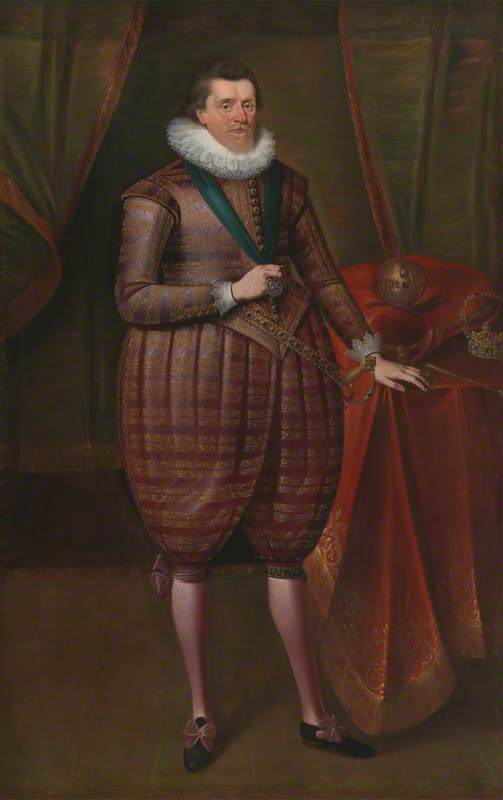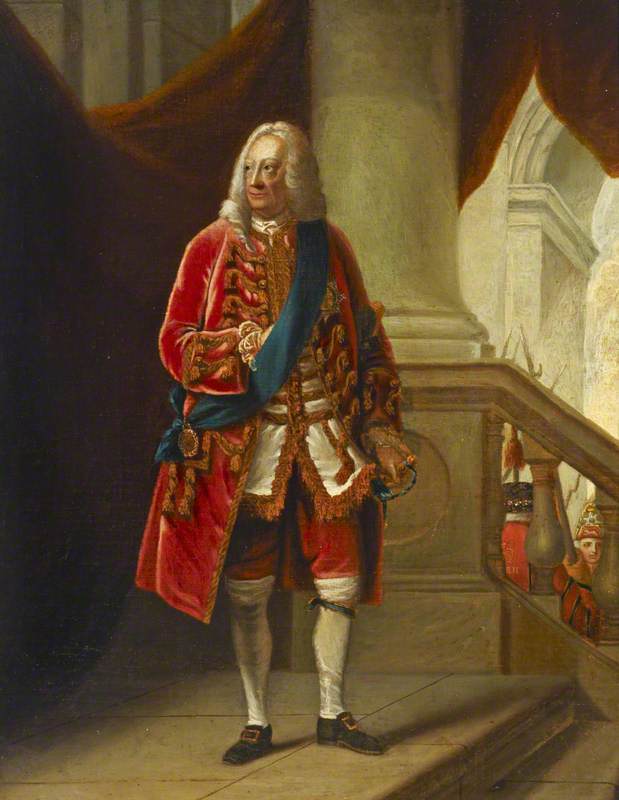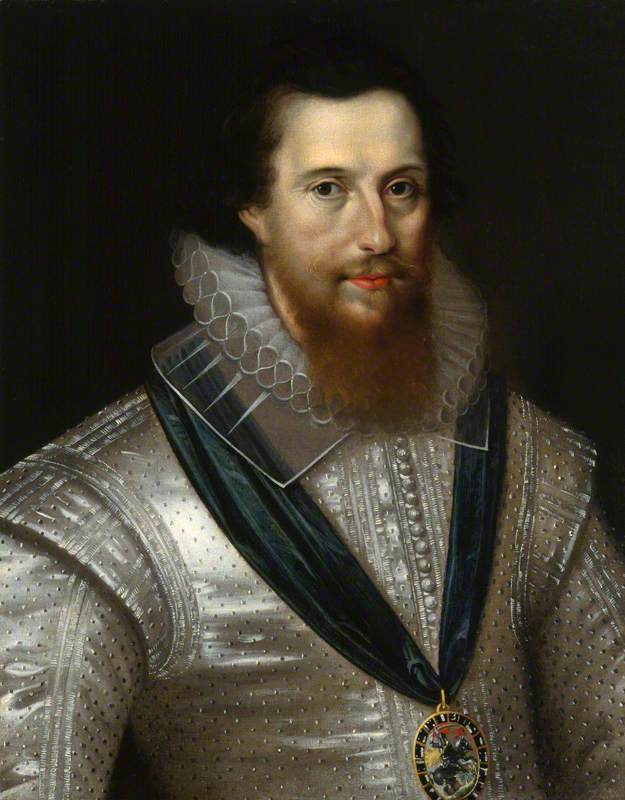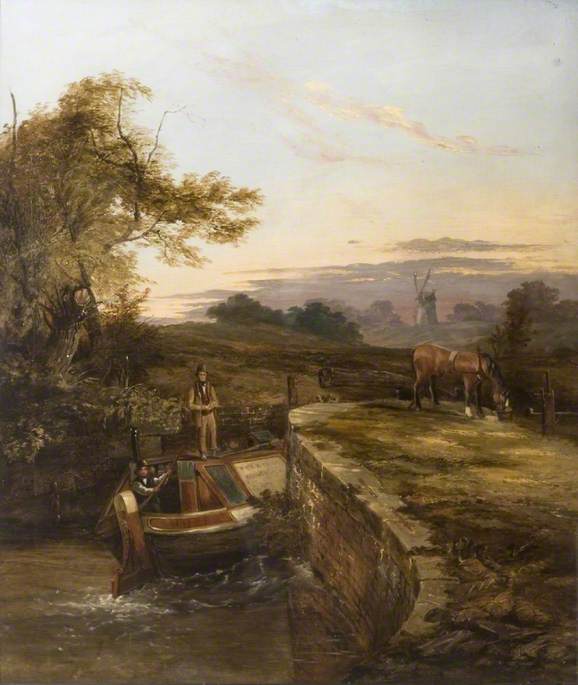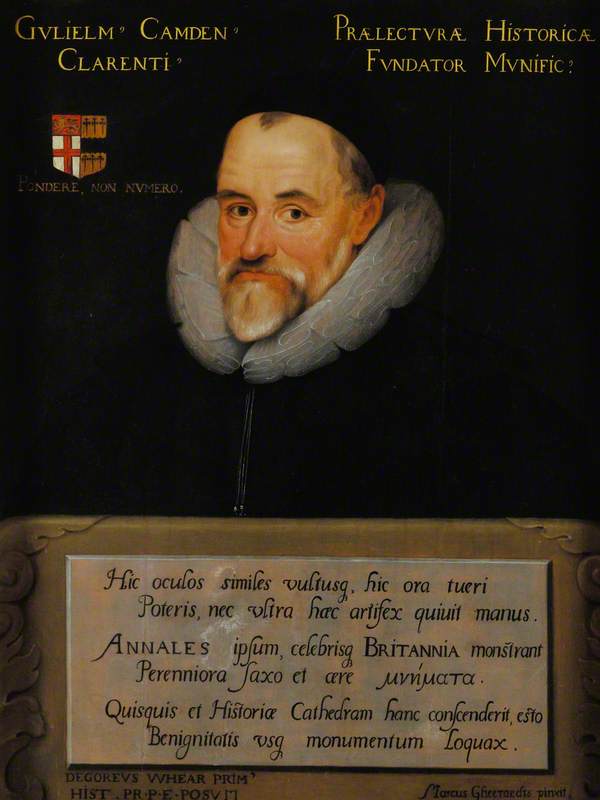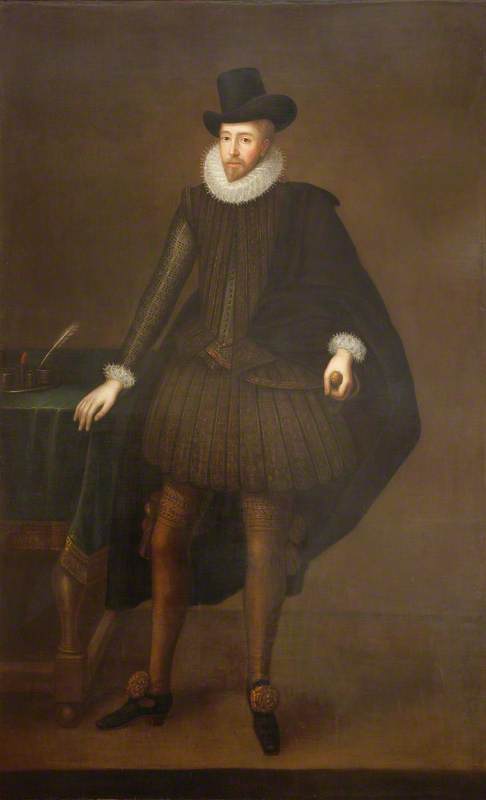As a part of our Keats 200 programme celebrating the bicentenary of John Keats living at Wentworth Place, we have been highlighting key anniversaries of Keats’s life 200 years ago. I thought the Art UK curations tool was a great way to bring some of the in-depth stories and details from Keats’s letters to life and, in a way, it has allowed us to ‘recreate’ Keats’s experience of this exhibition. Please share your comments with us on our social media channels. Tabitha Deadman, Cultural Heritage Trainee at Keats House
-
On 18 June 1820, Keats visited The British Institution in Pall Mall to the see the ‘Exhibition of Portraits of distinguished Persons in the History and Literature of the United Kingdom’.
In a letter to his friend Charles Brown, dated 21 June 1820, Keats wrote:
'There is a famous exhibition in Pall Mall of the old english portraits by Vandyck and Holbein, Sir Peter Lely and the great Sir Godfrey. Pleasant countenances predominate; so I will mention two or three unpleasant ones.'
For each painting we have included the exhibition catalogue text and Keats's comments copied as written in his letters. When the original painting is not available we have included a copy or a similar portrait.
-
James l by Paulus van Somer
James I of England (James VI of Scotland) c.1618The exhibition catalogue reads:
'This Portrait has always been said to be painted by Vandyke: but King James died in 1625, and Vandyke did not come to England until after that period. If it is by Vandyke, it must be a copy from some other Portrait.'
The van Dyck portrait is in the Royal Collection; according to their website, it is a copy of the original painting by van Somer.
About this painting, Keats wrote:
'There is James the first,— whose appearance would disgrace a "Society for the suppression of women;" so very squalid, and subdued to nothing he looks.'
Paulus van Somer I (1576–1621)
Oil on canvas
H 219.1 x W 139.1 cm
Yale Center for British Art
-
William Cecil, Lord Burleigh by Unknown Artist
William Cecil, 1st Baron Burghley 1590sThe exhibition catalogue states:
‘Lord High Treasurer, and Prime Minister to Queen Elizabeth during almost the whole of her reign, died 1598.
He was the great supporter of the Protestant cause, and contributed more than any other person to establish the Reformation. Posterity has assigned to him the character of one of the most prudent counsellors, and one of the most upright and able ministers of England.’
Keats wrote of this painting:
'Then, there is old Lord Burleigh, the high priest of economy, the political save-all, who has the appearance of a Pharisee just rebuffed by a gospel bon-mot.'
unknown artist
Oil on canvas
H 223 x W 140.3 cm
National Portrait Gallery, London
-
King George ll by Robert Edge Pine
George II (1683–1760) late 18th CNo information was included in the exhibition catalogue about this portrait.
This is a copy of Pine's portrait of King George ll, and we are unsure if Keats saw Pine’s original painting.
Keats wrote to Brown:
'Then, there is George the second, very like an unintellectual Voltaire, troubled with the gout and a bad temper.'
Robert Edge Pine (1730–1788) (copy after)
Oil on canvas
H 48.5 x W 35.5 cm
National Maritime Museum
-
Robert Devereux, Earl of Essex by Federigo Zuccaro
Robert Devereux, 2nd Earl of Essex probably 17th CThe exhibition catalogue says:
'The favourite of Queen Elizabeth. Son of Walter Devereux, Earl of Essex. He accompanied the Lord Leicester who was his father-in-law, in his expedition to Holland, and distinguished himself at the Battle of Zutphen, where the gallant Sir Philip Sidney lost his life...'
Whilst many of Zuccaro's portraits have not survived, John Ogborne made an engraving after the Devereux portrait. The engraving, now in the British Museum’s collection, shows Devereux in a similar way to this portrait by Gheeraerts.
Keats wrote:
'Then, there is young Devereux, the favourite, with every appearance of as slang a boxer as any in the court; his face is cast in the mould of blackguardism with jockey-plaster.'
Marcus Gheeraerts the younger (1561/1562–1635/1636) (after)
Oil on canvas
H 63.5 x W 50.8 cm
National Portrait Gallery, London
